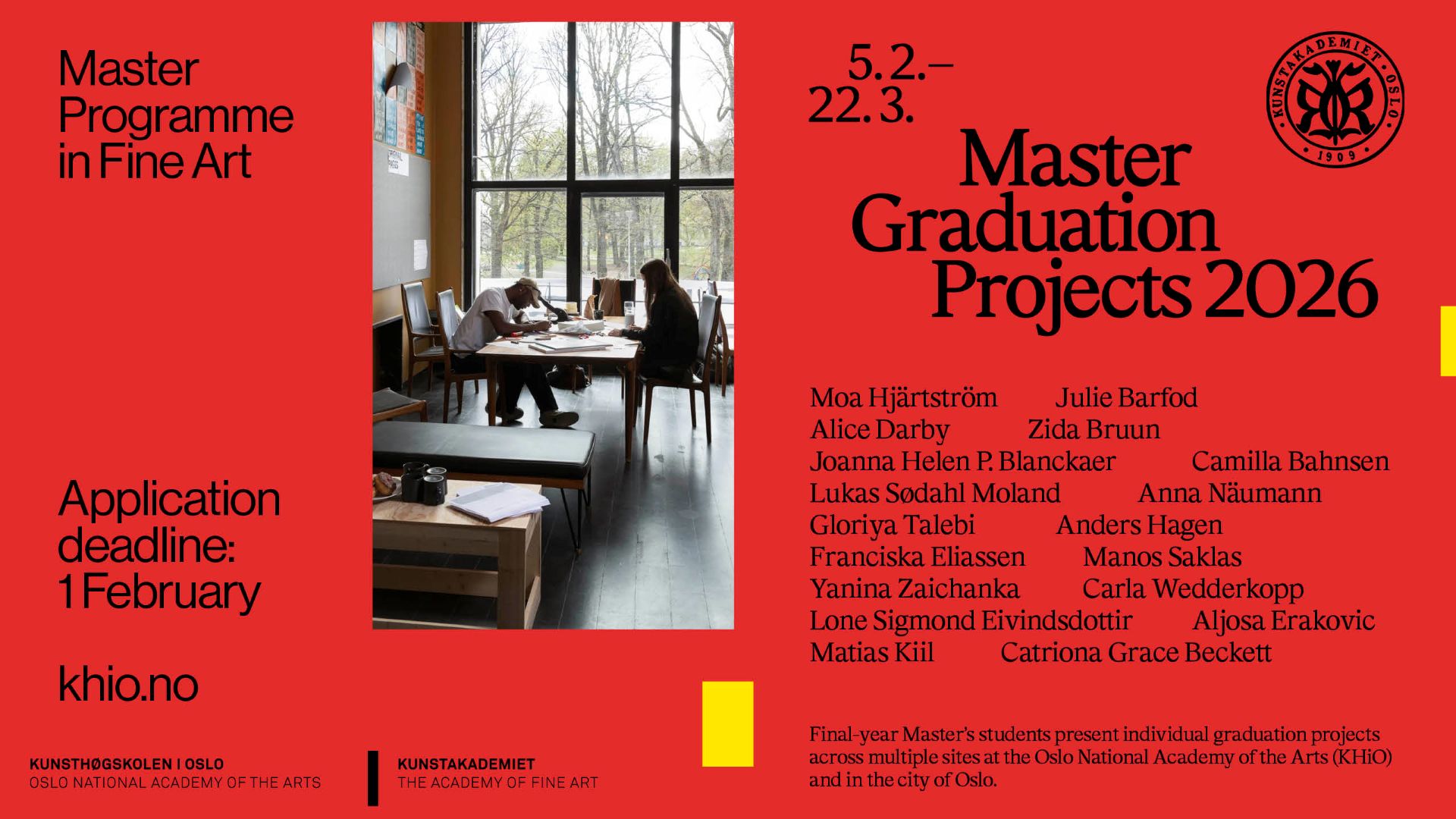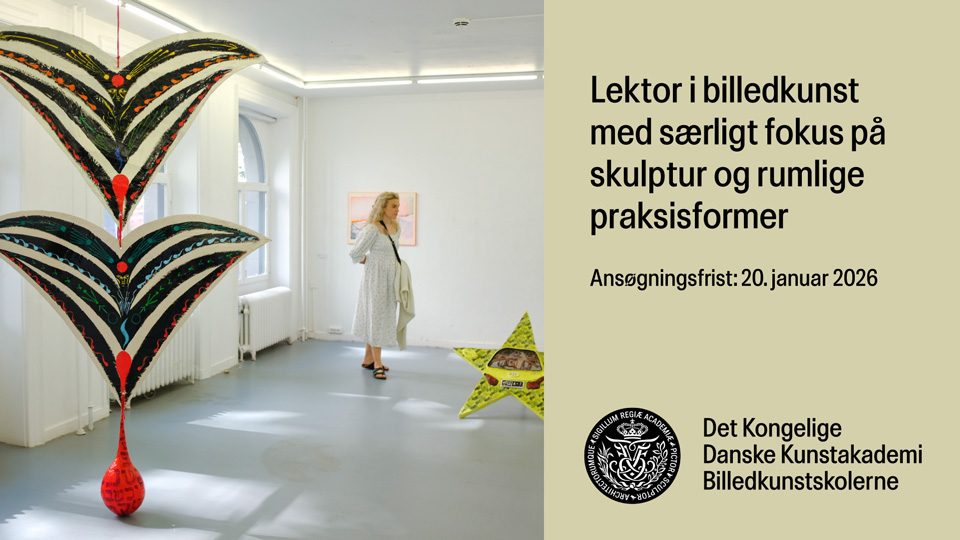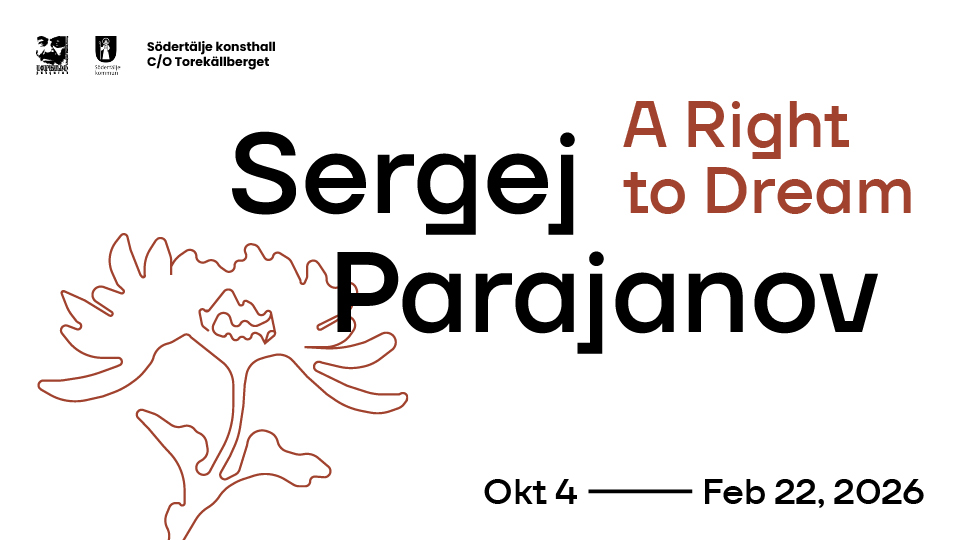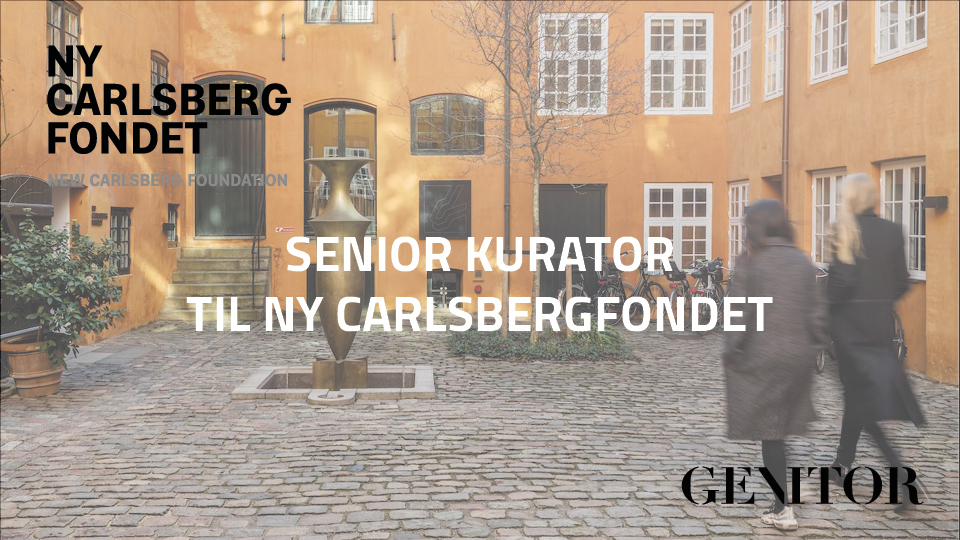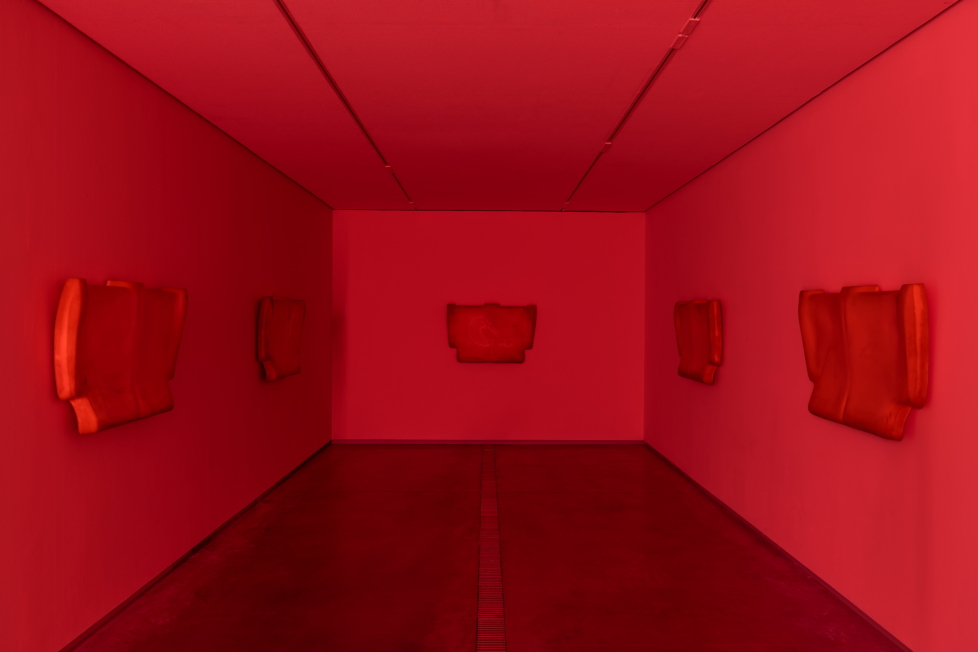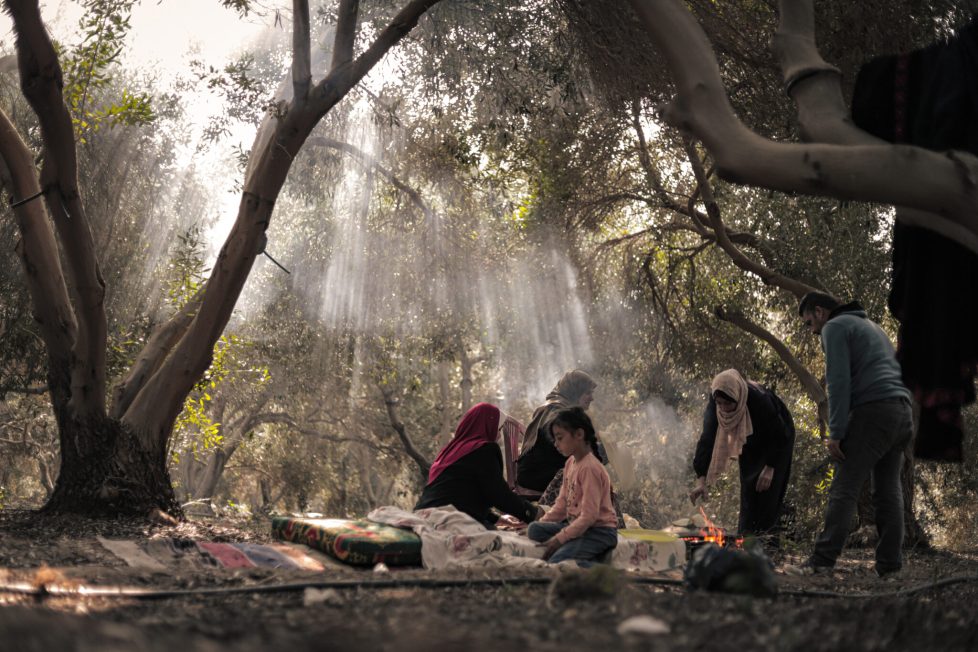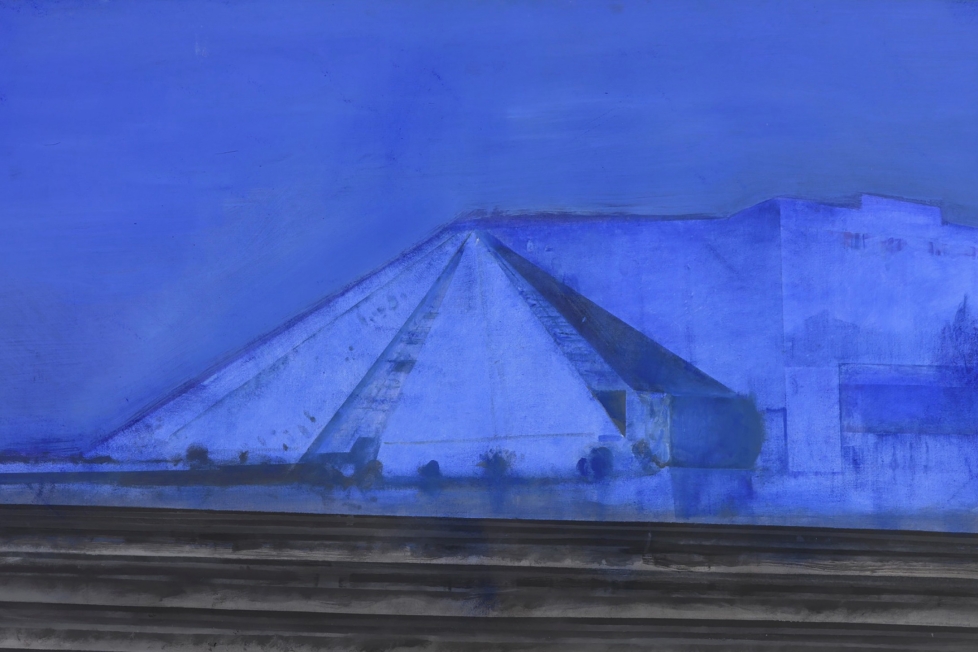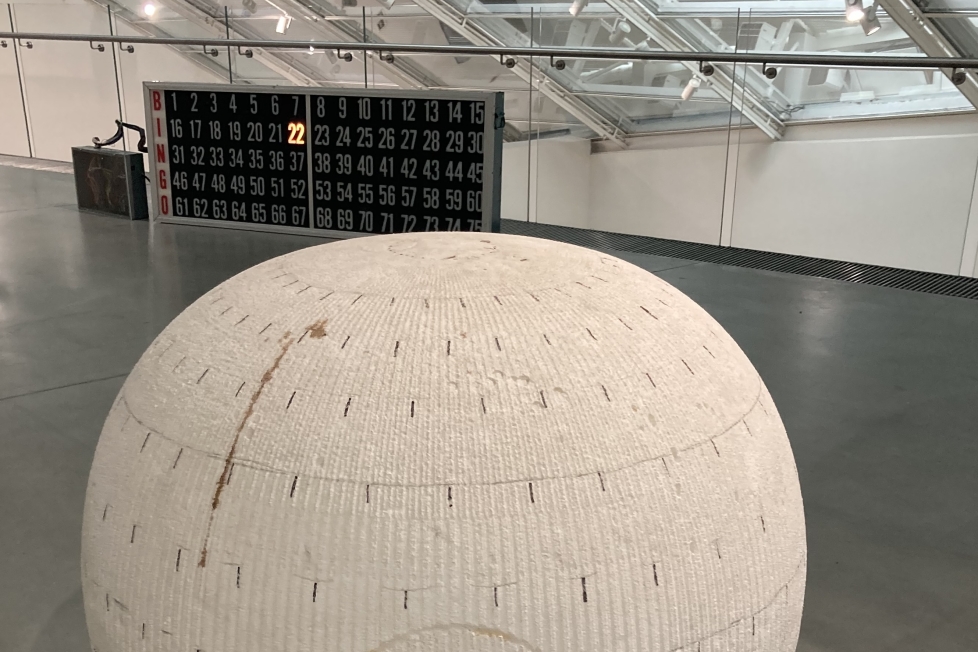
Just 18 months after Mark Sladen first settled in the director’s chair and less than a year after the opening of the new Kunsthal Charlottenborg, Danish media found reason to inquire about the low number of visitors at Charlottenborg. Shortly afterwards a piece of surprising news was announced: Kunsthal Charlottenborg would be merged with the Royal Danish Academy of Fine Art. The Ministry of Culture’s issued a press release on 8 March 2012 under the rather insubstantial heading More young art at Kunsthal Charlottenborg, announcing that Charlottenborg would be subsumed under the administration of the Royal Academy of Fine Art. The vague phrasing, which proclaimed Charlottenborg’s great “potential for setting the agenda within contemporary art” and promised “a future-oriented solution where we will, within the given financial framework, create a new dynamic and new modes of collaboration”, did not convey any very clear idea behind the merger – certainly not one that was known to the general public. The most likely reason appeared to be that the merger was carried out for financial reasons and would be difficult to shoulder for these two large institutions, which were already under a great deal of pressure. Many also guessed that it would mark the end of Mark Sladen’s time at Charlottenborg. Today Sladen took the final step. Kunstkritikk has asked the soon-to-be ex-director a few questions.
Why do you resign from the position as director of Kunsthal Charlottenborg?
As a normal part of the merger process the Ministry offered me the position of director of the kunsthal in the new construction. This gave me a natural moment to decide whether I was ready to commit to being the director of Charlottenborg for the next phase, and after thinking hard about this I have decided to step down. The merger with the Academy opens a new chapter for the kunsthal, and one that will benefit from fresh thinking – I feel that it is the right time for me to move on, and to hand on this challenge.
What has it been like to navigate your way through Danish cultural life, the Ministry of Culture, private foundations etc.?

It’s been really interesting – and stimulating – to learn about Danish cultural life since I moved here two years ago. Of course one challenge has been to develop relationships with the different ‘power players’ in this landscape. This kind of political challenge is part of a director’s job, and it is of course a little harder to navigate within the power structures of a country that one has not grown up in. Having said that, a lot of people have been generous in helping me to understand these structures here.
Coming from the UK you are in a position to view the Copenhagen art scene at a distance. Are there areas within cultural politics, the selection of art institutions or anything else that you think would benefit from a closer inspection? Something you’ve missed here?
It seemed to me when I arrived in Copenhagen that the institutional circuit had an important element missing. The city has some excellent contemporary art institutions, but they have rather limited resources – which often means that by necessity they have to be quite local in scope. The region also has some very good museums, but here contemporary art is a relatively small part of the remit. My feeling was that the city would benefit from having a dedicated contemporary art institution that would consistently mount ambitious projects – and projects which would really help connect the city to an international dialogue. This has been our aim in my time at Charlottenborg, and I feel that we have had a lot of success in this ambition.
What impression of the Copenhagen art scene will you take with you back to London?
The art scene in Copenhagen has a character and history that are very strong, and which I have enjoyed getting to know. I also suspect that there is a lot of potential in the scene. I think there are some very interesting young artists coming up in Copenhagen, and some great artist-run spaces and other initiatives. I also think there are some very good young curators coming up through the institutional network. All this makes me think that things may reinvent themselves in interesting ways in the coming years.
Do you have any plans for the future?

I will be moving back to London at the end of September – and I am of course sad that I won’t be having such regular contact with the friends I have made here in Copenhagen, as I have met some fantastic people. When I get back to London I am looking forward to taking a little break, but it will also be great to develop some more personal projects, including some projects that I have been dreaming of for a while. As for bigger plans – we will see!
Mark Sladen’s exhibition programme at Kunsthal Charlottenborg has included a range of ambitious exhibitions such as the current mid-career retrospective featuring Joachim Koester. Another major solo exhibition featured the British artist Simon Starling, who is a resident of Denmark; the show included a puppet theatre that was subsequently acquired by the National Gallery of Denmark. Other notable events include exhibitions by/of Pablo Bronstein, Clemens von Wedemeyer, Nina Beier, the artists’ collective New Yerseyy, Thomas Killper, and Christina Mackie. The new Kunsthal Charlottenborg under Sladen’s management was launched in May 2011 with a striking day of performance art – Palace Party – which staged events throughout the palace complex and featured contributions by Karl Holmqvist, Simon Fujiwara, Lilibeth Cuenca Rasmussen, and others.
Mark Sladen’s position lapses on 14 September, after which he will return to London. Before coming to Charlottenborg Sladen held positions as e.g. senior curator at the Barbican Centre and exhibition director at the Institute of Contemporary Arts.
